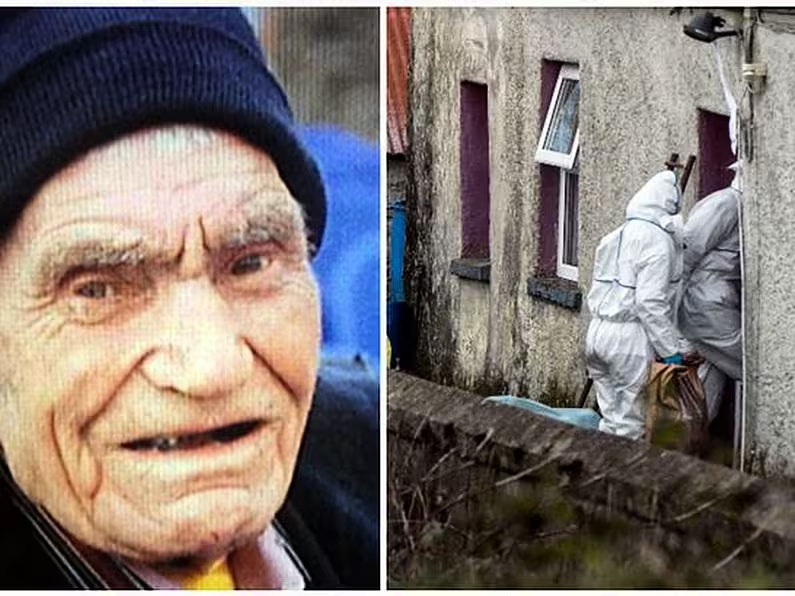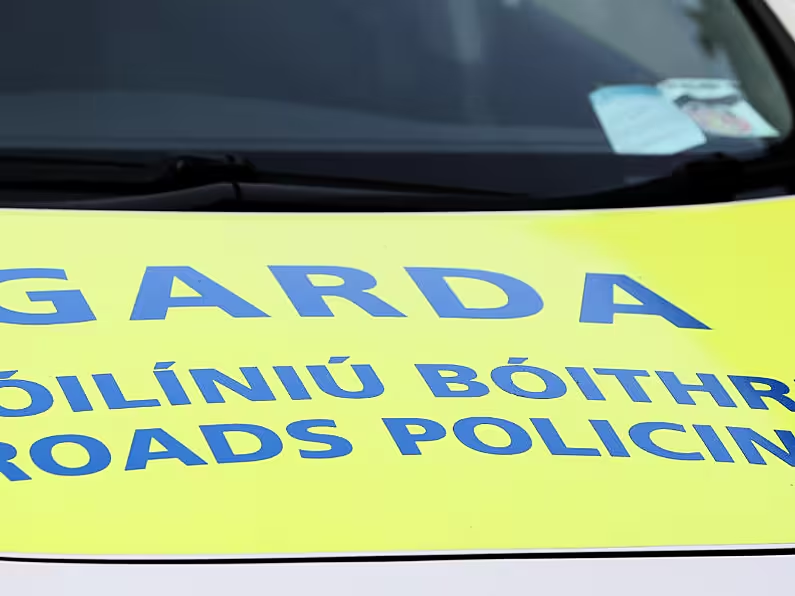Eoin Reynolds
The man who was jailed for life for the murder of Waterford pensioner Paddy Lyons, has told the Court of Appeal that there is no proof that he caused the injury that led to the 90 year old's death.
Ross Outram (30) from Ferryland, Waterford Road, Clonmel in Co Tipperary, was found guilty in 2019 by a Central Criminal Court jury of murdering Mr Lyons at Loughleagh, Ballysaggart, Lismore, Co Waterford, at a time unknown between February 23 and 26, 2017.
According to a report in today's Irish Independent newspaper, Outram's lawyer Michael O'Higgins SC said that while his client struck Mr Lyons repeatedly on the head, the pathology evidence showed that the victim died due to a hip fracture.
He said while Outram's actions could not be condoned or mitigated in any way, there was no basis for the jury to find beyond a reasonable doubt that the hip fracture was caused by the assault and not by an accidental fall after his client had left the scene.
Mr Lyons suffered lacerations to the head and injuries to his brain, counsel said, adding: "What occurred was completely and utterly outrageous and could not be condoned or mitigated in any way." It was the injury to the hip, however, that caused Mr Lyons's death, counsel said.
Mr O'Higgins summarized the evidence of Assistant State Pathologist Dr Margot Bolster, saying she noted three categories of injury.
The brain injury, which was not life-threatening, the lacerations to the head, which would "probably" have caused death if left untreated, and the "shattering of the hip bone", which Mr O'Higgins said was the most significant injury.
Counsel said that Dr Bolster had suggested that the hip injury could have been caused by a fall and there was blood pooling in various areas around the house that suggested Mr Lyons was mobile after the beating.
While Dr Bolster had suggested that Mr Lyons could have fallen because he was dizzy or nauseous as a result of the beating, Mr O'Higgins said she accepted she could not be sure and had no way to diagnose what effect the beating would have had.
Mr O'Higgins said that if a version of events favourable to the accused is reasonably possible then the jury must accept that version as the prosecution has failed to prove its case beyond reasonable doubt.
He said the blood pooling evidence suggests that Mr Lyons was mobile when Outram left and therefore it is also reasonably possible that Mr Lyons fell, resulting in the injury that caused his death. John Hoade of Forensic Science Ireland, had told the trial that blood pooling at the door and in other places suggested Mr Lyons was standing and walking around while bleeding.
Judgement in the case has been reserved.












